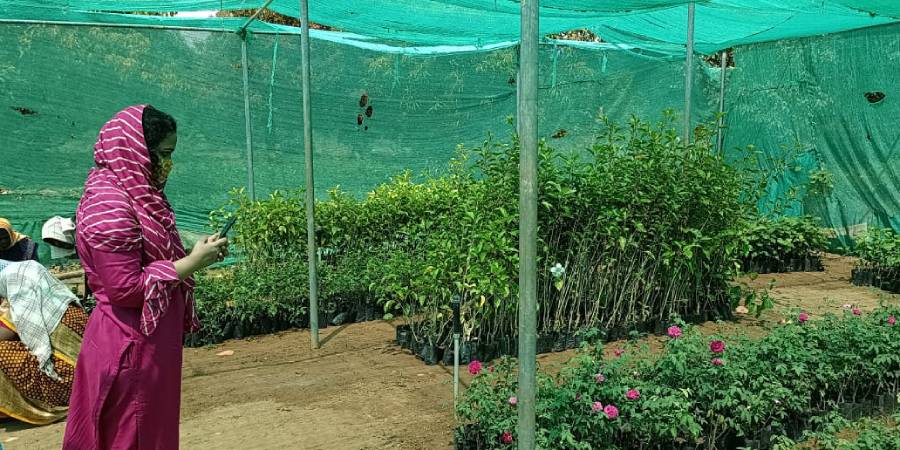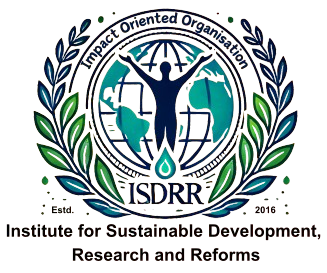
Establishing Sustainable Employment Opportunities: Constructing an Eco-Friendly Future
In an era of environmental challenges and economic uncertainty, green livelihood opportunities present a solution that fosters both ecological preservation and economic growth. By integrating nature-based solutions, clean energy technologies, and sustainable practices, these opportunities empower communities to tackle pressing environmental issues while promoting long-term economic resilience.
Why Green Livelihoods Matter
The emergence of green livelihoods is essential for addressing climate change, restoring ecosystems, and enhancing economic inclusivity. Unlike traditional livelihoods, which often lead to deforestation, pollution, and biodiversity loss, green livelihoods prioritize sustainability. They align with global frameworks like the United Nations Sustainable Development Goals (SDGs), particularly those focusing on poverty eradication, equitable employment, and climate action. By balancing economic development with environmental stewardship, green livelihoods pave the way for a sustainable future.
Prominent Areas of Green Livelihoods
Renewable Energy: Transitioning to renewable energy sources such as solar, wind, and bioenergy has created job opportunities in installation, maintenance, and manufacturing. Solar panel installation projects, for example, generate employment across urban and rural areas while reducing carbon emissions.
Sustainable Agriculture: Organic farming, agroforestry, and regenerative practices enhance soil fertility, improve yields, and boost farmers’ incomes. Training in these techniques equips individuals with skills to minimize the environmental impact of agriculture.
Eco-Tourism: Eco-tourism promotes responsible travel by highlighting natural beauty and cultural heritage while minimizing ecological footprints. This sector provides jobs in hospitality, guiding, and conservation, benefiting local communities economically.
Waste Management and Recycling: As awareness of plastic pollution grows, opportunities in recycling, upcycling, and composting are increasing. These initiatives help maintain cleaner communities and transform waste into valuable resources.
Forest-Based Livelihoods: Communities near forests can engage in the sustainable extraction of non-timber products like honey, medicinal plants, and bamboo. This approach conserves biodiversity while providing a consistent income.
Skills Development and Policy Support
Equipping individuals with skills for green livelihoods is critical. Workshops, vocational training, and certification programs in areas like renewable energy and organic agriculture prepare workers for eco-friendly jobs. Additionally, supportive government policies play a key role by:
- Offering tax incentives, subsidies, and grants for green businesses.
- Encouraging clean energy adoption and sustainable practices.
- Providing access to microloans and green funds for individuals and enterprises.
Overcoming Challenges
Despite their potential, green livelihoods face obstacles such as limited infrastructure, lack of awareness, and resistance to change. Collaborative efforts among governments, NGOs, private organizations, and communities are essential to overcome these barriers. Investments in education and innovation, coupled with awareness campaigns, can accelerate the adoption of sustainable practices.
Conclusion: A Path to a Sustainable Future
Green livelihoods represent a win-win solution, enabling economic growth while addressing environmental challenges. By investing in skills, fostering supportive policies, and promoting sustainability, societies can achieve a balance between development and ecological conservation. In an interconnected world, green livelihoods offer a practical and hopeful pathway to a sustainable and inclusive future for both humanity and the planet.
